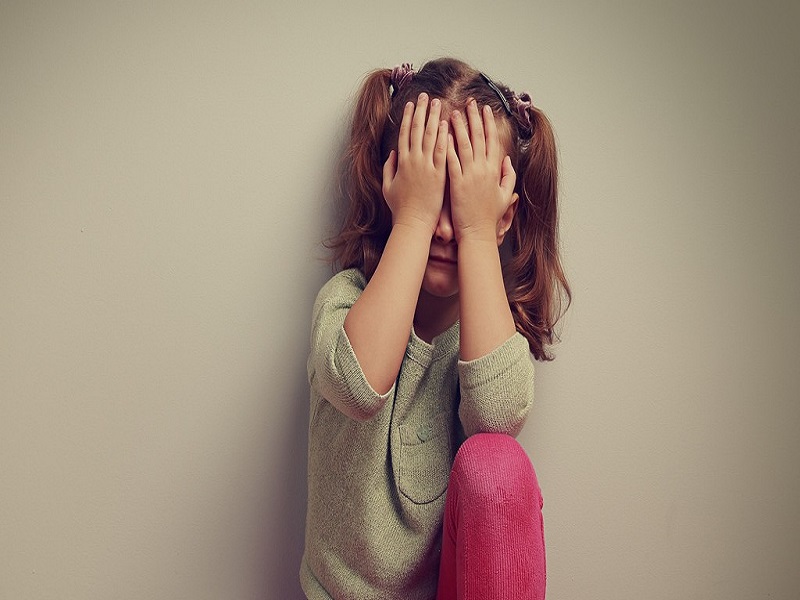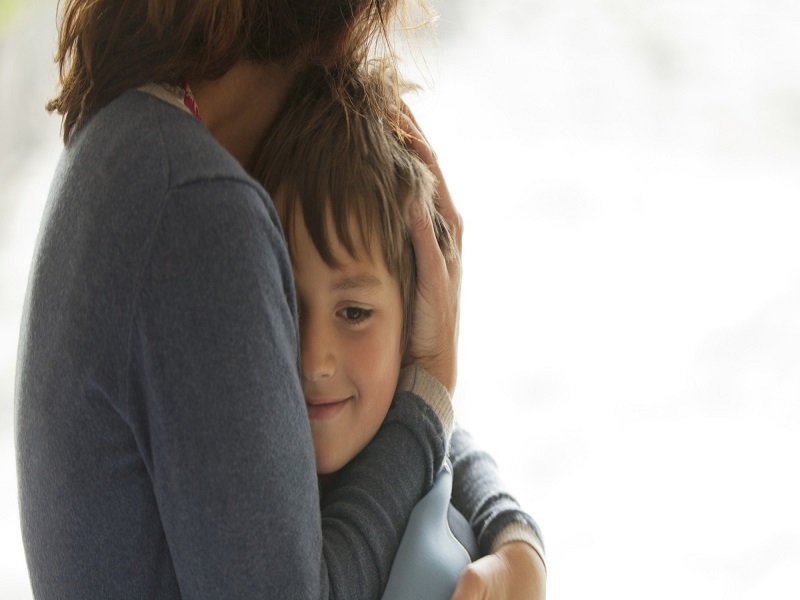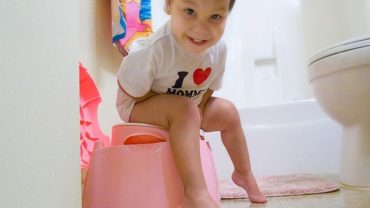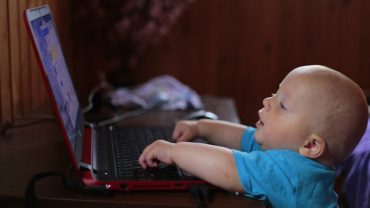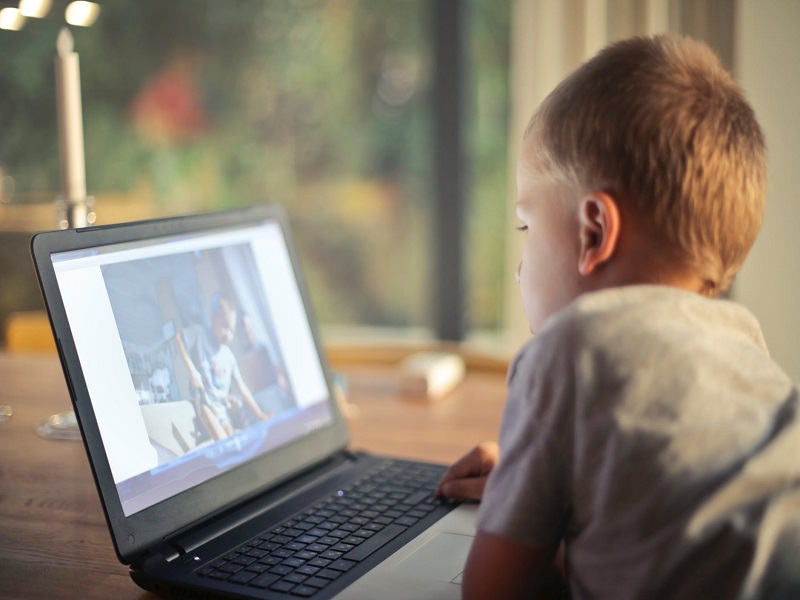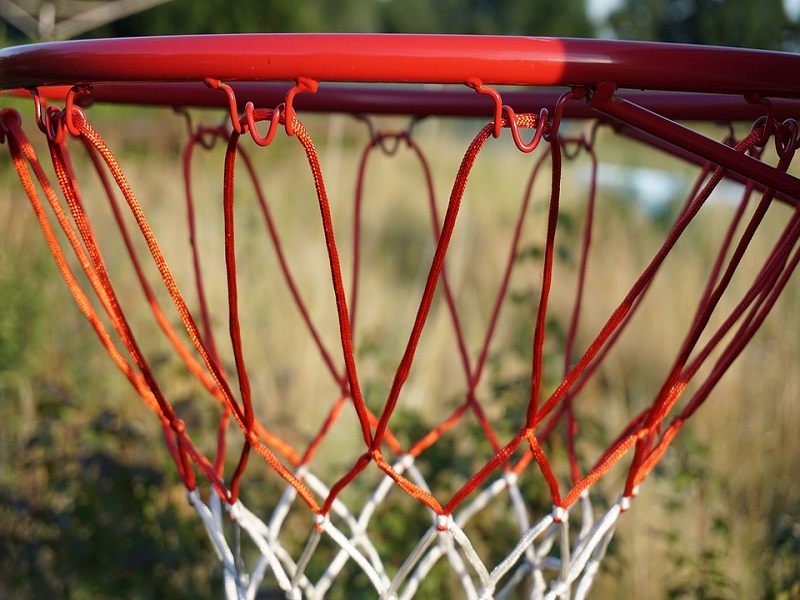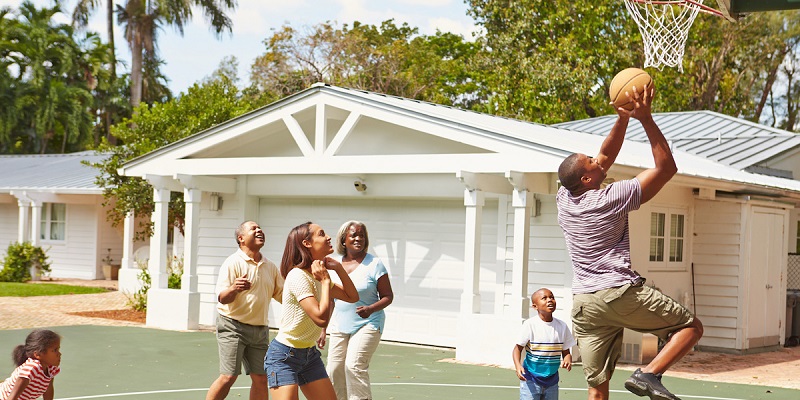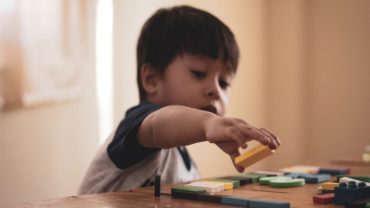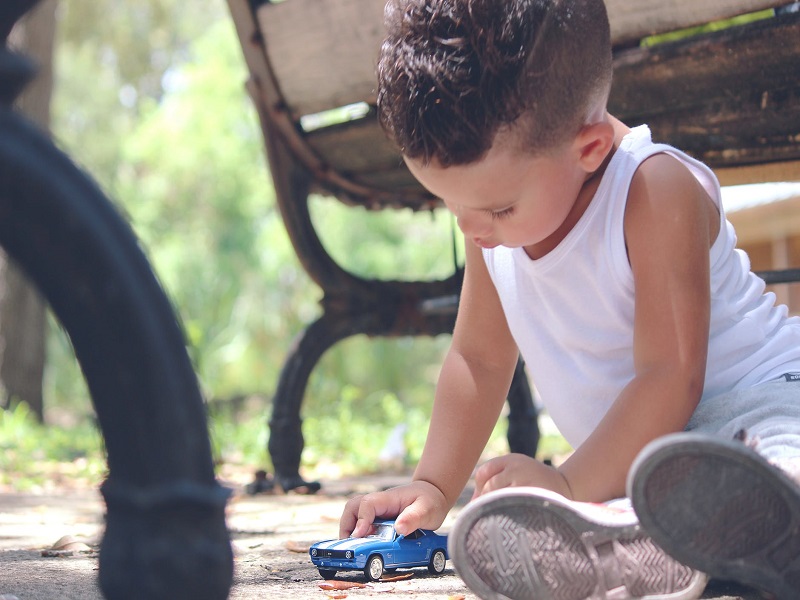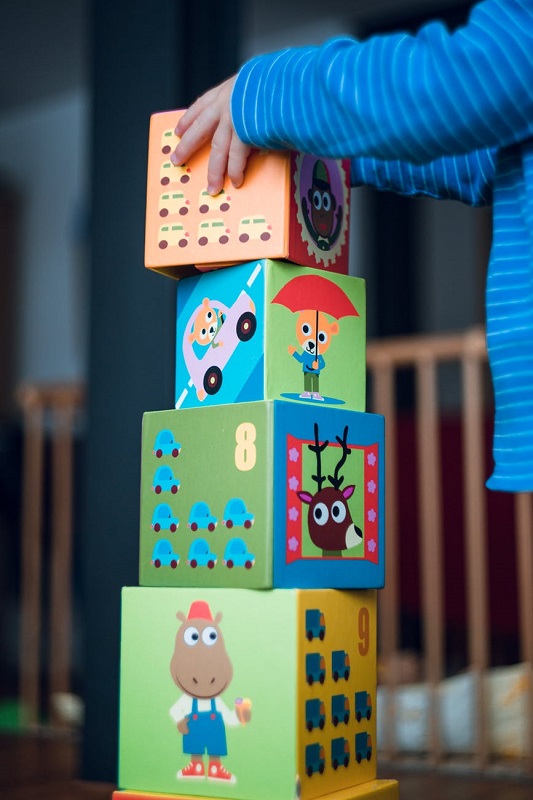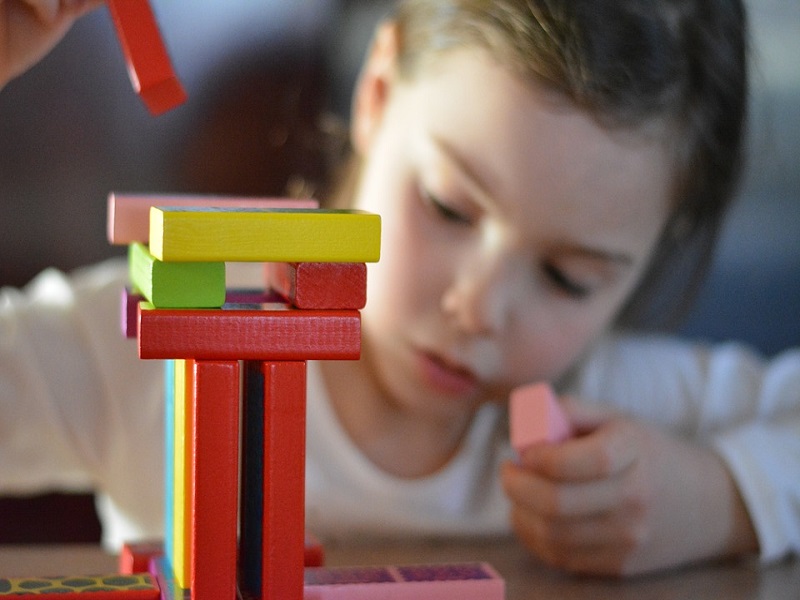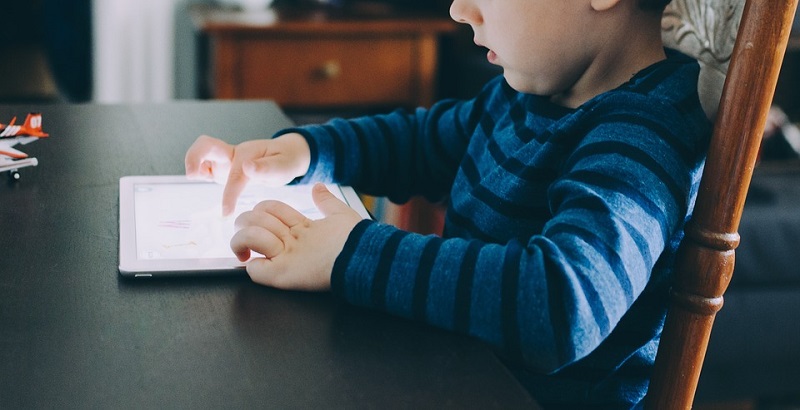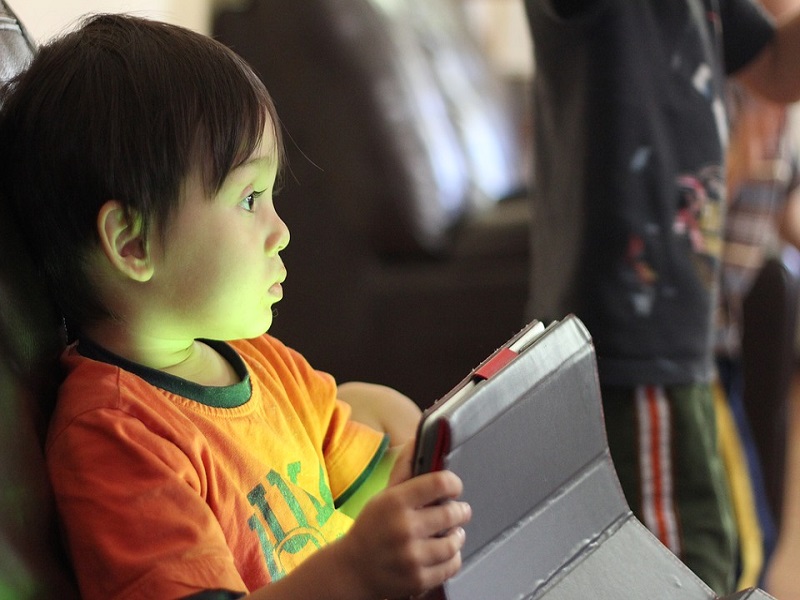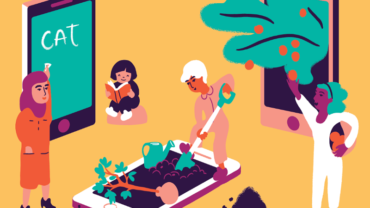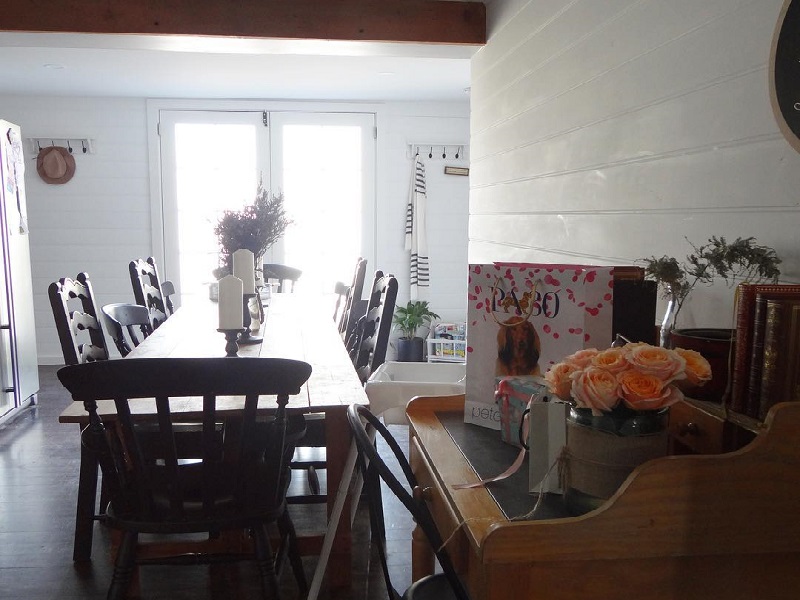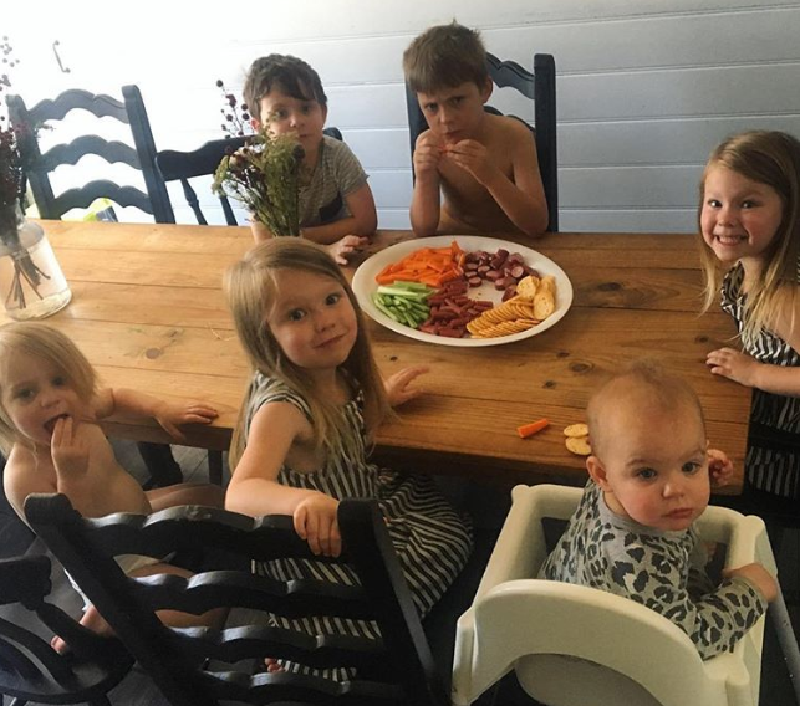A new study from North Carolina State University finds that educating children about climate change increases their parents’ concerns about climate change.
“There’s a robust body of work showing that kids can influence their parents’ behavior and positions on environmental and social issues, but this is the first experimental study demonstrating that climate education for children promotes parental concern about climate change,” says Danielle Lawson, lead author of a paper on the work and a Ph.D. student at NC State.
For the study, researchers worked with middle school science teachers to incorporate a climate change curriculum into their classrooms. Prior to teaching the curriculum, researchers had 238 students and 292 parents take a survey to measure their levels of concern regarding climate change.
Seventy-two of the students and 93 of the parents were in a control group, meaning the students did not receive the climate change curriculum; 166 students and 199 parents were in an experimental group, meaning the students did receive the climate curriculum. All students and parents took the survey again after the students in the experimental group had completed the climate curriculum.
“We found that there was an increase in climate concern for both the experimental and control groups, but that the shift was much more pronounced in families where children were taught the curriculum,” Lawson says.

The climate survey measured concern on a 17-point scale, ranging from -8 (not concerned at all) to +8 (extremely concerned). On average, students in the control group had an increase in concern of 0.72 points on the second survey, while their parents increased 1.37 points. Meanwhile, students in the experimental group had an increase of 2.78 points, while their parents increased 3.89 points.
“We also found that the results were most pronounced for three groups: conservative parents, parents of daughters, and fathers,” Lawson says. This was noteworthy because conservatives and men are typically among the least concerned about climate change.
On average, conservative parents’ level of concern increased 4.77 points; parents of daughters increased 4.15 points; and fathers increased 4.31 points. All these key groups went from being marginally not concerned (-2.1 for conservatives, -1.8 for those with daughters, and -0.9 for fathers, compared to a zero midpoint) to moderately concerned (2.5 for conservatives, 2.5 for those with daughters, and 3.6 for fathers). These post-test concern levels were much higher than those in the control group (conservatives: 0.25; those with daughters: -1.6, fathers: -0.8).
Notably, liberal and conservative parents in the treatment group ended up with similar levels of climate change concern by the end of the study. The 4.5 point gap in the pretest shrunk to 1.2 after children learned about climate change.

“This study tells us that we can educate children about climate change and they’re willing to learn, which is exciting because studies find that many adults are resistant to climate education, because it runs counter to their personal identities,” Lawson says. “It also highlights that children share that information with their parents, particularly if they’re given tools to facilitate communication — and that parents are willing to listen.”
“To be clear, climate change education is about giving people a good foundation in climate science and cultivating critical thinking skills,” says Kathryn Stevenson, co-author of the paper and an assistant professor of parks, recreation and tourism management at NC State. “This is about education, not activism, and children are great educators. They seem to help people critically consider ways in which being concerned about climate change may be in line with their values.”
The paper, “Children can foster climate change concern among their parents,” is published in the journal Nature Climate Change. The paper was co-authored by Nils Peterson, a professor of forestry and environmental resources at NC State; Sarah Carrier, an associate professor of science education at NC State; Renee Strnad, an environmental educator in NC State Extension; and Erin Seekamp, an associate professor of parks, recreation and tourism management at NC State.




